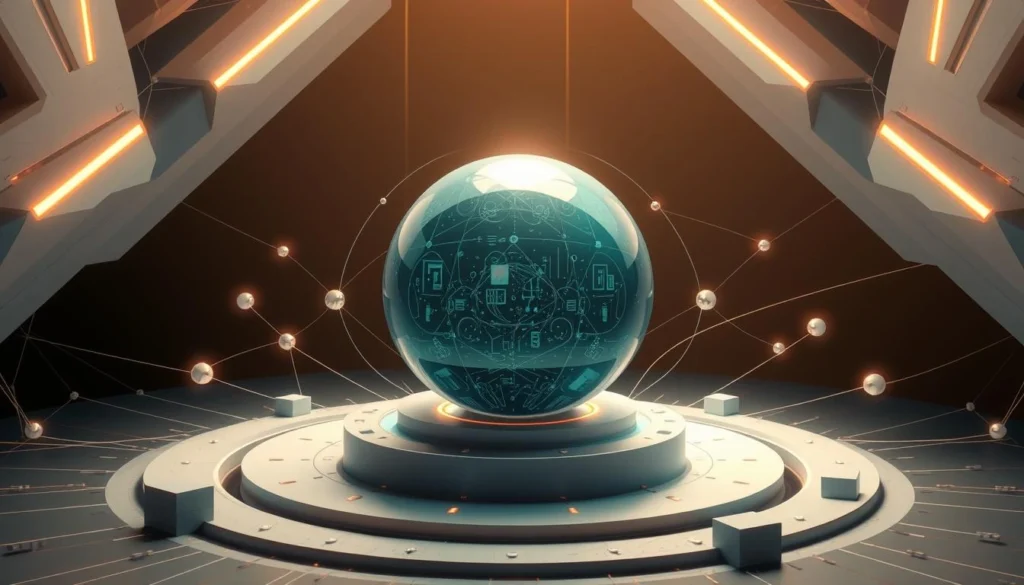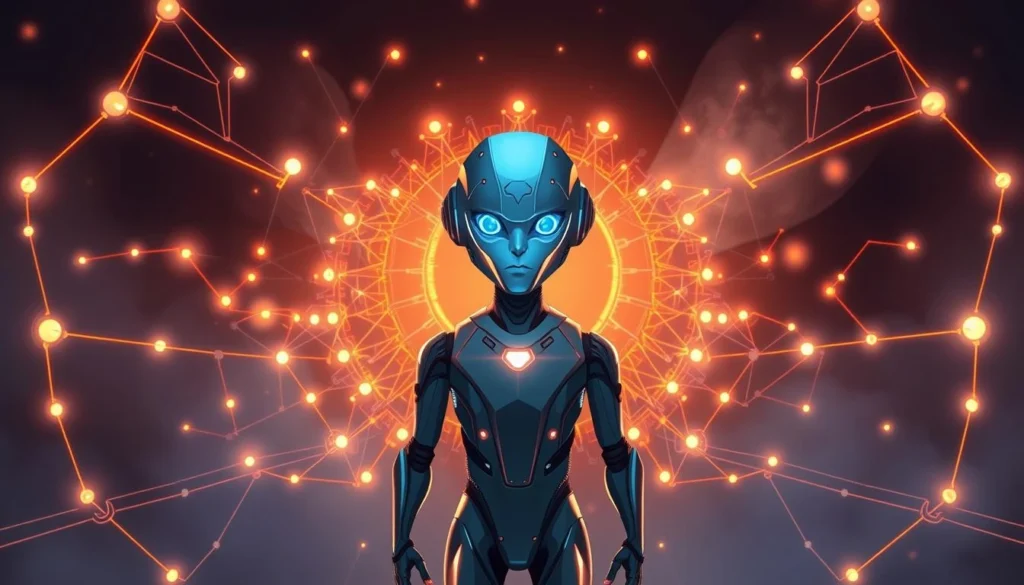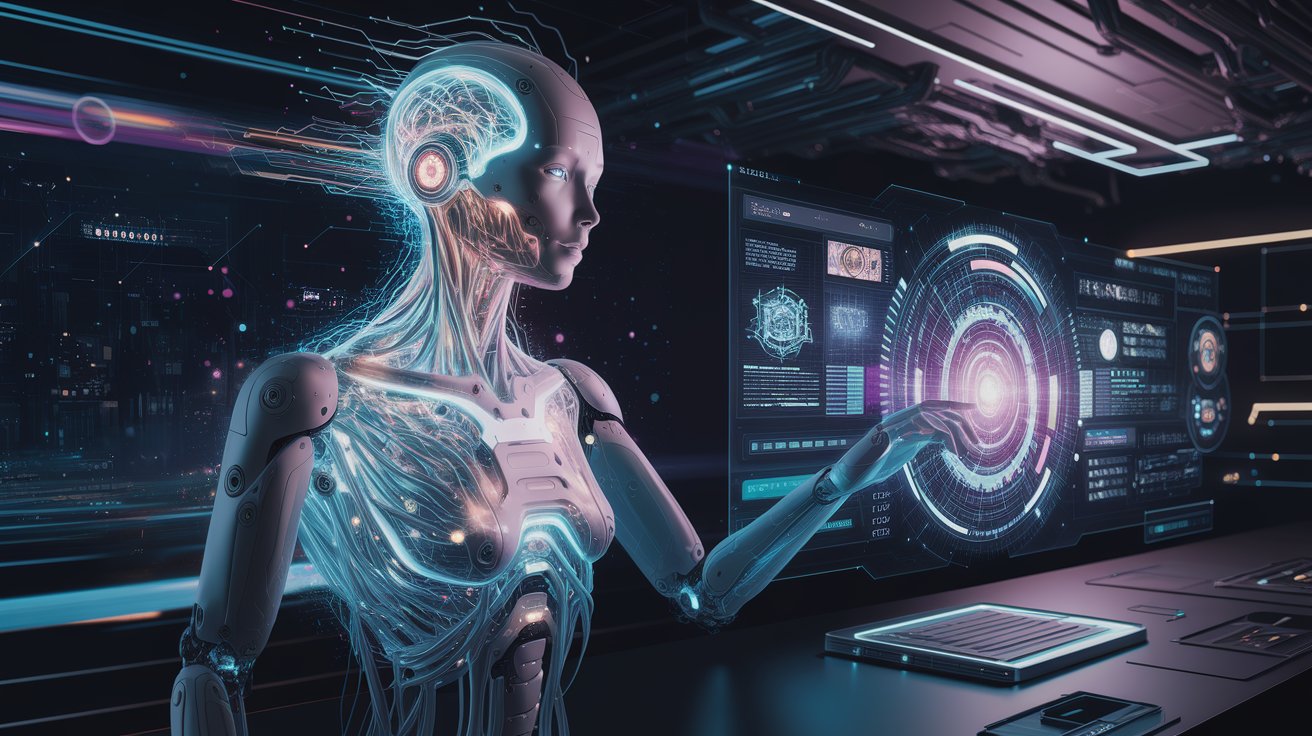The term agentic ai sparks curiosity, but what exactly defines it? At its core, agentic ai refers to systems designed to act independently. They make decisions and solve problems without constant human input. This agentic ai definition marks a shift from passive tools to proactive partners in innovation.

Imagine software that anticipates needs, adapts strategies, and completes tasks like a skilled assistant. That’s the essence of what is agentic ai. Unlike traditional AI, agentic systems learn, prioritize goals, and execute plans autonomously. This evolution isn’t just technical—it’s reshaping industries from healthcare to finance. It proves what is agentic isn’t a distant concept but a present reality.
Understanding the Core Concepts of Agentic AI
To understand agentic AI, start with its basic ideas. The word agentic means being able to act on purpose. This part explains how these agentic systems work and why they’re different from regular AI.

Defining Agentic: The Power of Autonomous Action
Agentic define starts with being able to act alone. Unlike simple tools, agentic AI acts like an agent with its own goals. For instance, an agentic ai system in logistics might change delivery routes on its own during bad weather. This ability to act on its own is what makes it special.
The Evolution from Passive to Agentic AI Systems
Old AI followed strict rules. Important changes include:
- 1950s-2000s: Rule-based systems followed strict code
- 2010s: Machine learning added pattern recognition
- 2020s+: Modern agentic systems integrate goal-setting and adaptive learning
How Agentic AI Differs from Traditional AI Models
| Feature | Traditional AI | Agentic AI Systems |
|---|---|---|
| Decision-making | Based on predefined rules | Self-directed choices |
| Autonomy | Requires constant human input | Acts without ongoing supervision |
| Goal orientation | Performs assigned tasks | Pursues objectives proactively |
This shows agentic ai systems focus on taking the lead. They’re made to solve problems on their own, not just follow instructions.
Agentic AI vs Generative AI: Key Differences Explained
When we look at agentic ai vs generative ai, we see big differences. Generative AI is all about making content, like stories or images. On the other hand, agentic.ai systems are all about making choices on their own. They do tasks without needing us to tell them what to do all the time.
| Feature | Agentic AI | Generative AI |
|---|---|---|
| Purpose | Execute tasks, make decisions | Create content (text, images, audio) |
| Autonomy | Acts independently based on goals | Requires prompts to generate outputs |
| Training Data | Scenario-based to learn adaptive behavior | Large datasets for pattern recognition |
Many people get these two mixed up. They think all AI that can make choices can also make content. But that’s not true:
- Generative AI can’t plan out steps to solve a problem
- Agentic AI doesn’t automatically make art or media
Knowing these differences helps businesses pick the right AI for their needs. agentic.ai is great for things like planning routes in logistics. Generative AI is perfect for making images or writing stories. They can even work together, like a virtual assistant that writes emails and plans meetings on its own. This shows how they each have their own special role in AI’s future.
The Architecture and Frameworks Behind Agentic AI Systems
Agentic AI systems need solid technical bases to work on their own. This part explains the key parts, frameworks, and uses that make agentic architecture work.
Essential Components of Agentic AI Architecture
Agentic AI architecture has five main parts:
- Perception modules: gather and interpret real-time data
- Decision-making engines: choose actions based on goals
- Planning systems: make step-by-step plans
- Execution mechanisms: do the chosen actions
- Feedback loops: check results to improve future choices
These parts work together, letting systems run without needing humans all the time.
Popular Agentic AI Frameworks in Development
| Framework | Key Features | Use Cases |
|---|---|---|
| AutoGPT | Autonomous task prioritization | Complex problem-solving workflows |
| BabyAGI | Goal-oriented task decomposition | Streamlining repetitive processes |
| LangChain | Modular design for custom workflows | Adaptive enterprise solutions |
These agentic AI frameworks are getting better to handle changing situations where old systems can’t keep up.
Real-World Agentic AI Examples Transforming Industries
Agentic AI is changing many fields:
- Healthcare: AI-driven diagnostic systems analyze medical data in real-time
- Finance: Algorithmic trading platforms make stock trades on their own
- Logistics: Supply chain networks optimize routes with live data
- Productivity: Personal assistants automate task management
These examples show how agentic AI architecture leads to real results in different areas.
Conclusion: The Future Landscape of Agentic Software
Agentic software is a big step forward in AI, making systems act on their own and adapt to real situations. This change from fixed models to self-decision-making opens up new areas for innovation. Industries like healthcare, education, and manufacturing will see big changes.
These systems will get better at learning and reacting quickly. This will make them more efficient and solve problems in ways old AI can’t. It’s a big leap forward.
New trends show how agentic software is getting better at working with other systems. It’s teaming up with IoT and blockchain to make things safer and more connected. This is great for smart cities and better supply chains.
For example, these systems could make energy grids work better or help with global shipping. This could cut down on waste and make things more accessible.
But there are also challenges. We need to make sure agentic software is clear and fair. Developers must focus on ethics and keep humans in the loop. It’s important to balance new ideas with being responsible.
Companies should work on improving agentic software and talk to policymakers about rules. People should also talk about AI’s role in society. This way, we can make sure it helps everyone and stays true to human values.
The future of agentic software is exciting, but we must be careful. By thinking about ethics now, we can use it to solve big problems. The next ten years will show how well we adapt to this new technology.
FAQ
What is agentic AI?
Agentic AI are systems that can act on their own to meet user goals. They make decisions and take actions without needing constant human help. This is a big step up from older AI that just reacts to what it’s told.
How does agentic architecture differ from traditional AI architecture?
Agentic architecture has special parts like perception and decision-making. It also has planning and feedback loops for acting alone. Traditional AI doesn’t have this level of freedom and mostly just reacts.
What does agentic mean in the context of artificial intelligence?
In AI, “agentic” means being able to work on your own. It means seeing things, making smart choices, and doing things to reach goals. All this happens without needing someone to tell it what to do all the time.
How does agentic AI compare to generative AI?
Agentic AI does things on its own, like complex tasks. Generative AI makes content and can’t act on its own. So, agentic AI is about making choices, while generative AI is about making stuff.
What are some examples of agentic AI systems?
Agentic AI is used in finance for trading, in digital assistants for tasks, and in healthcare for analyzing data. These examples show how agentic AI can change industries for the better.
What are popular agentic AI frameworks being developed?
AutoGPT, BabyAGI, and LangChain are well-known frameworks. They help agentic AI systems work better by giving them ways to act, decide, and start tasks on their own.
Why is agentic AI important in today’s technology landscape?
Agentic AI is key because it changes how we use technology. It lets systems work by themselves, making things more efficient and better for users in many areas.
What ethical considerations surround the use of agentic AI?
Using agentic AI raises big questions about who’s responsible for its actions. We also need to know how it makes decisions and if humans should check on it. These are important for building trust and fairness in AI.





